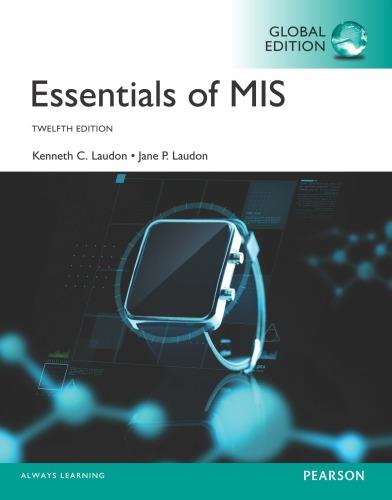Question
In 2008-2009, a financial crisis began in the United States that rapidly spread around the world. A number of central banks, including the Bank of
In 2008-2009, a financial crisis began in the United States that rapidly spread around the world. A number of central banks, including the Bank of Japan (BoJ) and the European Central Bank (ECB), responded to the crisis with quantitative easing (QE) programs that increased their money supplies. They hoped these monetary expansions would boost their economies by encouraging domestic business investment and exports.
a.Let Japan be the home country and the eurozone be the foreign "country." Using the short-run forex/money market graph, label the initial money market equilibrium A, the initial forex market equilibrium A', the initial interest rate R1, and the initial exchange rate E1.
b.Now use your graph to show how the BoJ's QE program would have affected the Japanese interest rate and the yen/euro exchange rate. Label the money market equilibrium B, the forex market equilibrium B', the interest rate R2 and the exchange rate E2.
Is R2 greater than, less than, or equal to R1? Does the model make it clear?
Is E2 greater than, less than, or equal to E1? Does the model make it clear?
c. Now suppose that the ECB began its own QE program soon after the BoJ did. On the same graph as before, illustrate the effects of the ECB's QE program in combination with the BoJ's QE program. Label the money market equilibrium C, the forex market equilibrium C', the interest rate R3, and the exchange rate E3.
Is R3 bigger, smaller, or the same as R2? Does the model make it clear?
Is E3 bigger, smaller, or the same as E2? Does the model make it clear?
Step by Step Solution
There are 3 Steps involved in it
Step: 1

Get Instant Access to Expert-Tailored Solutions
See step-by-step solutions with expert insights and AI powered tools for academic success
Step: 2

Step: 3

Ace Your Homework with AI
Get the answers you need in no time with our AI-driven, step-by-step assistance
Get Started


